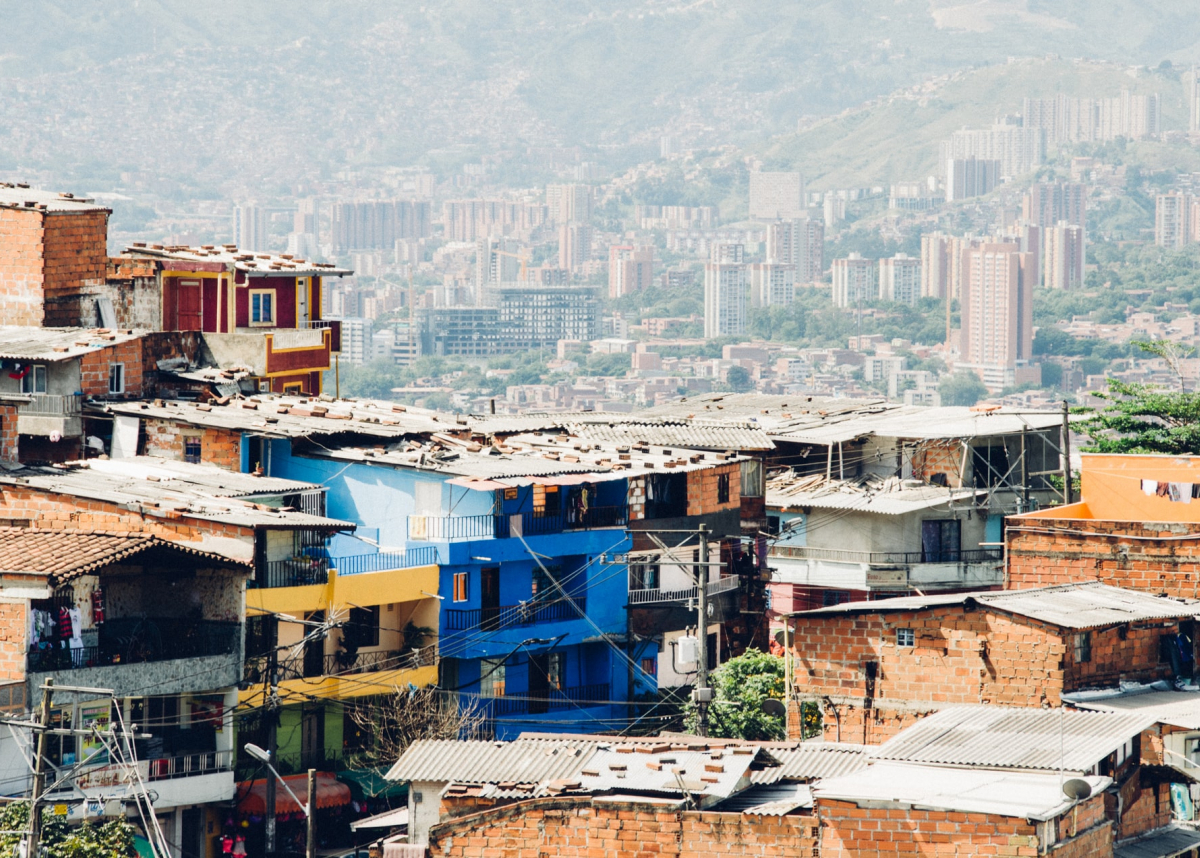
Colombia has the second-highest level of inequality in the Latin America region. Mauricio Quiñones Domínguez and Lina Martínez look at how social protection measures like subsidies are now out of date.

As scholarship and research around deindustrialization has evolved beyond an initial political economy focus, its geographical emphasis has remained limited on cities and regions within the Global North. The Global South, when it does feature in research, is most often characterized as the location for ‘runaway factories’, regions that have industrialised at the expense of the North.
Recent research however demonstrates that industrial offshoring is uneven and unequal in its impact: Rodrik (2016) has shown that many countries in Latin America and Africa experienced deindustrialization that, at least in terms of percentage of gross domestic product (GDP), exceeds the level experienced by countries in the North Atlantic that are typically the focus of deindustrialization scholarship.[i]
Moreover, the brunt of globalization and the rise of Asian exporters has been borne by other developing countries rather more advanced economies.
Building on this work, our recent paper emphasizes the need to not only shift focus to study the impact of deindustrialization in the context of the Global South, but also to move away from country-level analyses alone.
Studying the problem of deindustrialization at the national scale brings an industrial trade and policy lens to it, framing it as an economic problem alone. It does not throw light on how deindustrialization unfolds in cities and communities, although it is here that the greatest impact of these processes is felt. Focusing on how deindustrialization takes place in southern cities,we bring together cases from India, Tanzania, Turkey, and Argentina, highlighting the differential modes of deindustrialization in these contexts. In doing so, our paper brings the process of deindustrialization to the foreground, worth researching in its own right rather than having it remain as background context for other processes, such as urban transformation or the erosion of working conditions.
The case studies highlighted in this paper sit at the intersection of urban studies and deindustrialisation studies. They also represent a wide variety of methods, ranging from a spatial analysis of land-use planning documents to ethnographic research.
The case of industrial transformation in Bangalore draws on ongoing PEAK research at the Indian Institute for Human Settlements (IIHS) that is examining the emergence of large industrial infrastructure on Bangalore’s periphery in the context of the dismantling of the manufacturing sector within the city. An analysis of land-use plans for the city shows a clear shift away from public investment in manufacturing towards a private investment in services and real estate.
After independence, Bangalore’s urban form was driven largely by the emergence of five large public sector units (PSUs) in the city. These industries acted not only as employers, but also as providers of housing, schools, healthcare and other amenities to employees and their families through the development industrial townships on the urban periphery. The emergence of these PSUs also encouraged the development of auxiliary micro-, small and medium-sized enterprises (MSMEs) throughout the city.
As Bangalore’s economy becomes increasingly service oriented – primarily driven by information technology companies – its PSUs and MSMEs are gradually shutting down or moving out of the city. These shifts have had profound impacts on Bangalore’s built form. Large tracts of vacant former industrial land are increasingly being converted to high-end residential and/or commercial uses. Analysis of land use of the 2004, 2015 and 2031 Bangalore master plans shows that land allocated to industrial use within the city’s boundaries has been declining over the last two decades, with industrial land gradually being converted to (primarily) residential land.
Analysis of specific parcels on the northern and eastern peripheries of Bangalore reveals that nearly 2500 hectares of industrial land has been converted primarily into residential use. Industries are being relocated to the urban periphery where state-owned land banks are being consolidated in ways that favour formal capital-intensive industrial production. The current trend of dismantling industry and manufacturing in Bangalore seems to sit in contradiction with the national and regional governments’ push to promote manufacturing and establish new industrial settlements throughout industrial corridors. Furthermore, it exacerbates a mismatch between the city’s labour force and the kinds of investments that are being made as part of the new wave of urban development which favours capital-intensive high-tech industry and globally oriented information-technology enabled services.
Locating the analysis of Bangalore’s industrial transformation together with research on deindustrialisation processes in Mumbai (India), Turkey, Tanzania, and Argentina allows a reading of the diverse implications of these processes across different southern contexts and the economic, spatial, and social transformations that these urban regions are experiencing as a result.
It also offers the potential of situating processes of deindustrialisation in the South together with similar processes in the North, enabling an understanding of the ‘post-industrial’ landscape beyond conventional distinctions between advanced and developing economies, and shift focus on the relationship between deindustrialization and urban transformation in cities across a wide range of social, political, and economic contexts.
This blog presents a brief summary of the arguments from a recent publication in Area Development and Policy: Seth Schindler, Tom Gillespie, Nicola Banks, Mustafa Kemal Bayırbağ, Himanshu Burte, J. Miguel Kanai & Neha Sami (2020): Deindustrialization in cities of the Global South, Area Development and Policy, DOI: 10.1080/23792949.2020.1725393
[i] Rodrik, D. 2016. Premature deindustrialization. Journal of Economic Growth, 21 (1) (1-33)